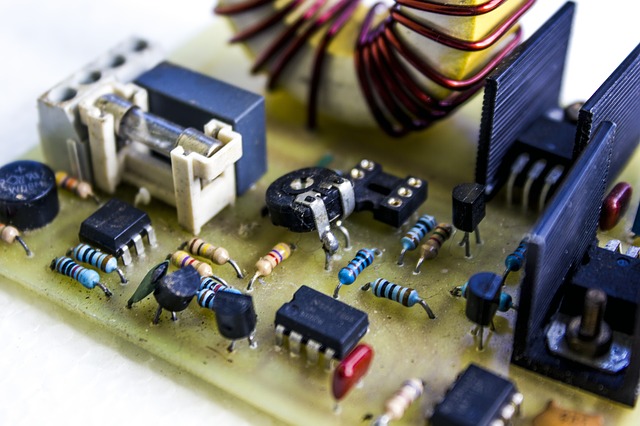Syllabus
Diode Characteristics: Basic structure and operating principle, current-voltage characteristics, diode models.
Diode Applications: Rectifier circuits (half-wave and full-wave rectifiers, rectifiers with capacitor filter), voltage regulator (using Zener diode), clipper (limiter) circuits, clamper circuits.
Bipolar Junction Transistor: Structure, principle of operation, different configurations (such as CE, CB and CC), input and output characteristics, DC analysis – load line and operating point, biasing schemes, bias stability.
BJT Applications: Transistor as an amplifier, small-signal equivalent circuits, single-stage BJT amplifier (common-emitter mode); BJT as a switch.
Junction Field Effect Transistor (JFET): Structure, principle of operation, characteristics.
Metal Oxide Semiconductor Field-Effect Transistor (MOSFET): Structure and physical operation of n-type and p-type MOSFET; transfer and drain characteristics.
FET Applications: JFET as voltage variable resistor, MOSFET as a switch, Static CMOS logic circuits (Simple Logic Gates)
Multistage amplifiers and Power Amplifiers: Cascade and Cascode amplifiers, Darlington pair, various classes of operation (Class A and B) and their power efficiency.
Amplifier Applications: Block diagram of public address system.
Concept of Feedback in amplifiers: Negative feedback – Voltage series, current series, voltage shunt, current shunt, effect of feedback on gain and bandwidth. Positive feedback – review of the basic concept, Barkhausen criterion, RC oscillators (phase shift, Wien bridge), LC oscillators (Hartley, Colpitts).
Resources
Lecture Slides
1. Course Introduction (Download PDF)
2. Module 1: Diode Characteristics (Download PDF)
Lecture Videos
Microsoft Stream Channel (View Online)





